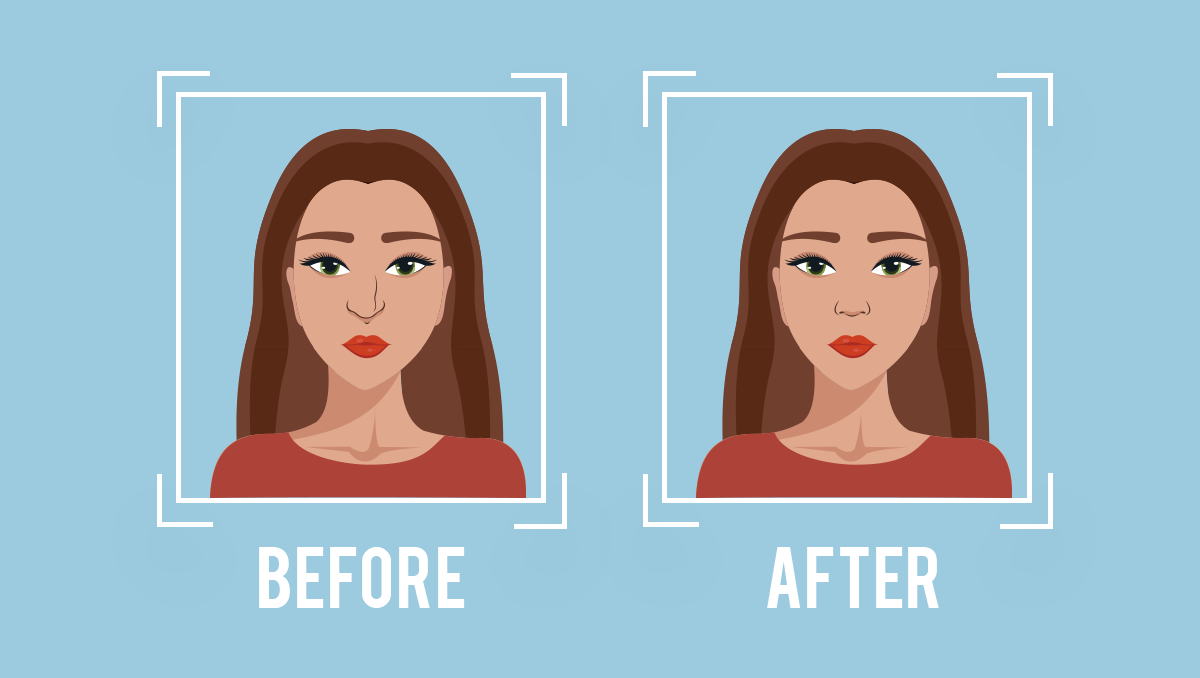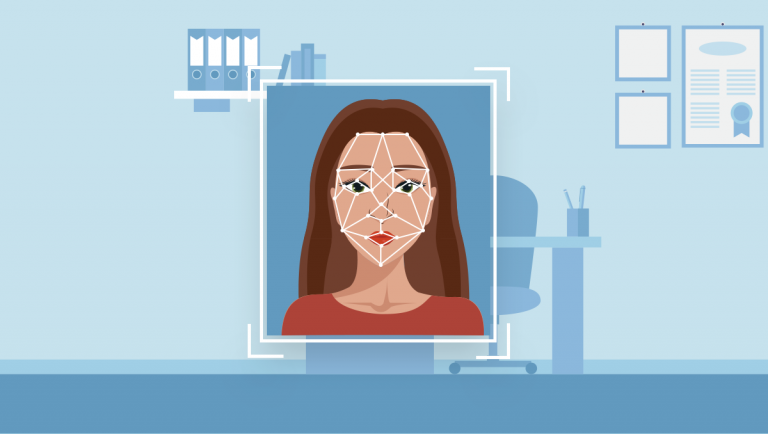Probably everyone has seen the Before and After surgery pics. But what if patients could see the new version of themselves as clear as when looking in the mirror even before going to the doctor? Well, now they can, as new technologies like face recognition, 3d printing and augmented reality are expanding into healthcare.
Plastic Surgery in Pre-computer Era
Before the computers appeared in the doctors’ offices, plastic surgeons used to demonstrate photos of their patients who had already undergone treatment. With the appearance of computers with 3d modeling software, the situation changed. Doctors now could have taken pictures or scan a patient’s body to turn it into a 3d model. Then some adjustments, like changing the shape of body parts and adding textures, have to be made. Finally, a patient was able to view a 3d model of a better self on a computer screen, changing its position with the help of the mouse. This practice is still pretty common and is widely spread around the world.
But sometimes patients need to have a more realistic vision of the future changes before actually going under the knife. This can be achieved by using 3d printers. MirrorMe3D was the first company that brought 3d printing to aesthetic surgery. Firstly, pictures of different angles of a patient’s face are taken. Secondly, they are transformed into a hologram that results in a 3d model. Thirdly, the necessary transformations are made. Lastly, a new face is printed in the shape of a 3d bust, which gives a strong realistic impression of how patients are going to look like after the surgery. The whole process takes around 2 weeks, the average cost ranges from $60 to $300.

But as the pace of life is getting faster, clients are not ready to wait that long, they are used to receive goods and services on demand, that is to say immediately. Besides, they may be reluctant to spend a fortune on a plastic bust. Augmented Reality (AR) and cutting edge facial recognition system built in every iPhone may help plastic surgeons and their patients evaluate the future results in real-time of facial reconstructions and other procedures before the actual surgery.
Augmented Reality and Plastic Surgery
Augmented reality is used both during plastic surgeries to improve the quality of the procedure and on the planning stage to give patients the right impression of the changes their bodies will undergo. Using augmented and virtual reality in medical specialists’ training and learning programmes has already become a routine process.
HoloLens, special glasses that combine computer-generated images with the physical objects, show doctors the bones structure, soft tissues, vessels and mussels of their patient’s body in real time. It is also capable of giving hints, for example, the spot to give an injection.
ILLUSIO, an augmented reality app with a real-time simulation feature, helps plastic surgery patients to choose the breast implants of the right shape and size. Women are invited to wear a special bra compatible with this AR technology that helps the app create a highly-realistic impression of how their new body will look like after the surgery. All the changes can be seen in real time on the screen of an iPad.
Kapanu, an augmented reality app for dentistry, makes it possible for patients to see what their future smile will look like after the dental treatment. After scanning the patient’s oral cavity, the app offers different options for improving it, from teeth whitening to dental implants placing. And again, the patient is able to observe the changes in real time.
Health Care Apps with Face Recognition
The true-depth camera of iPhone X collects faces data by projecting and analyzing around 30,000 invisible dots to create a depth map and infrared image of the face. Many apps are already taking advantage of this technology.
King Children, for example, scans the users’ faces to help them find eyewear that suits them best. They can “try on” different frames in a Snapchat style and order custom-made glasses. The individual facial features are taken into consideration to make sure the frames fit perfectly. The glasses are made with a 3d printer, using top-notch durable plastic.
Face2gene, the app in the healthcare category, is meant to help doctors detect genetic disorders by means of face recognition technology. The app is meant for medical specialists only. If the case is not clear, they can discuss the diagnosis with their colleagues.
PainCheck app uses facial recognition and artificial intelligence to detect the level of pain of the patients that can’t speak for themselves like elderly people suffering from dementia. The app is meant to be used by elderly care staff to improve the quality of their services.
Developing a Plastic Surgery Augmented Reality App
As we can see, augmented reality and the face recognition technology are expanding into healthcare, from teaching medical students and executing surgical procedures to giving patients a vision or how they are going to look like after the treatment. Plastic surgery is developing rapidly and the global aesthetic surgery market is expanding.

According to Statista, the value of global cosmetic medical and surgical market reached 6.5 billion euros in 2018 comparing to less than 5 billion euros in 2014. The high-quality healthcare apps using the latest technologies are in high demand today. If the two technologies like augmented reality and face recognition could be combined together, that would make a true breakthrough in facial plastic surgery to the advantage both of the surgeons and their patients. Seeing the results in advance not only encourages patients to make a decision but also can significantly improve patient-doctor communications.
Development time and cost of an AR app significantly depend on the quality of the 3d libraries and the number of settings and tweaks available, for example changing the size of the selected body part, its shape, skin color, etc. The face recognition system is a standard iPhone feature, so there is no need to develop a new one when building for iOS. You should keep in mind that developing a high-quality app has never been cheap. But the prospective users are ready to pay the price, especially considering the facts that the global plastic surgery market is growing and that both patients and doctors are showing great interest in new technologies.






